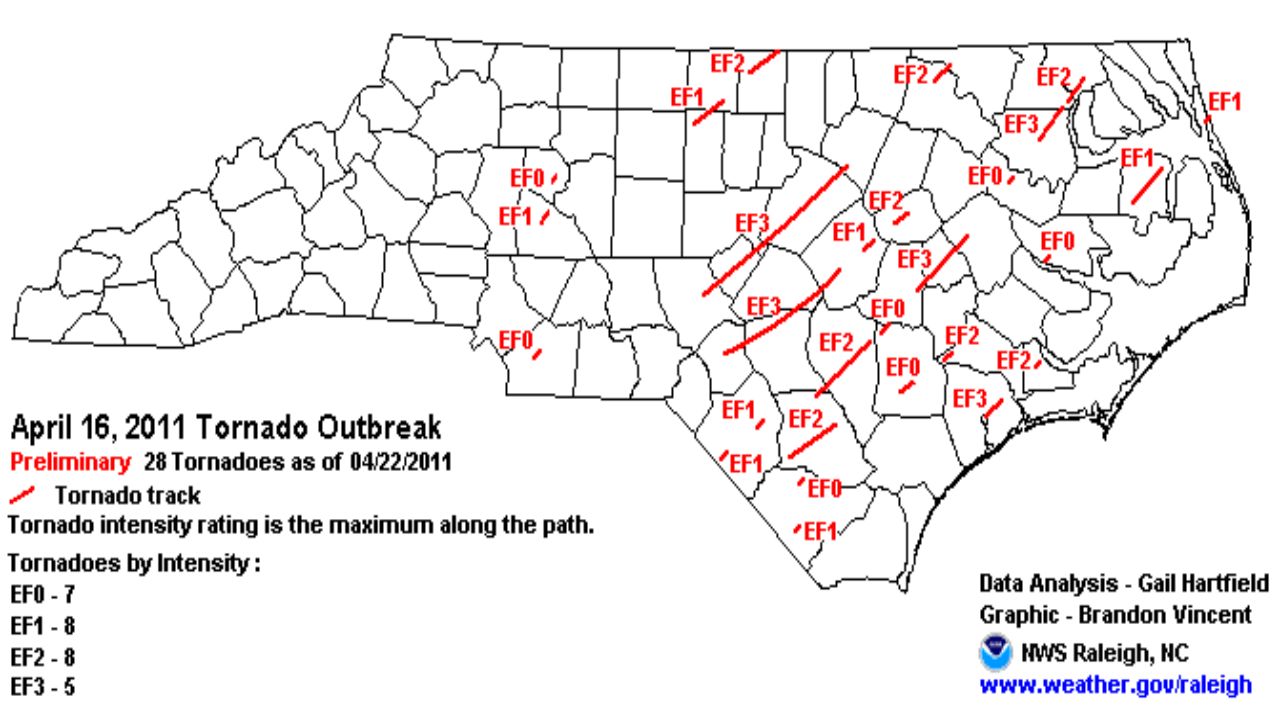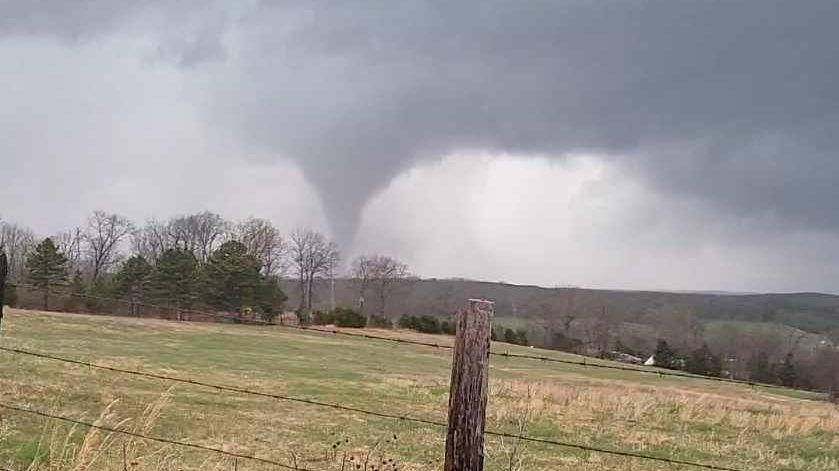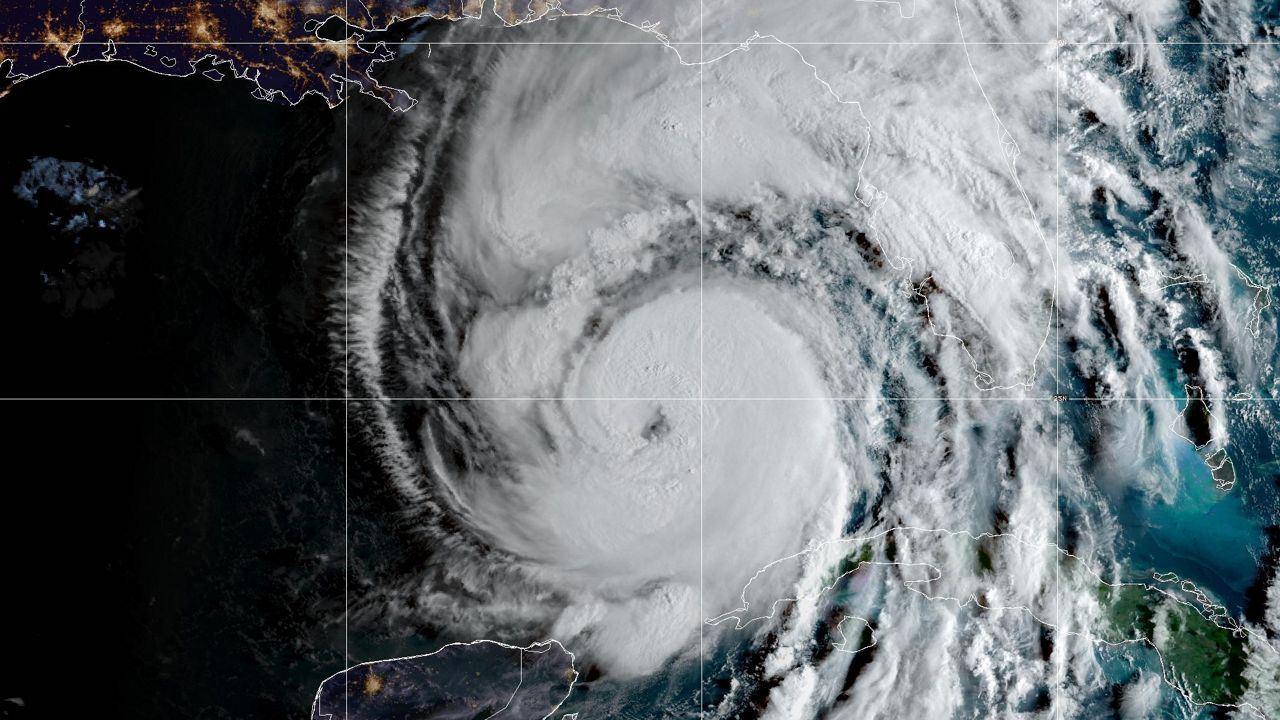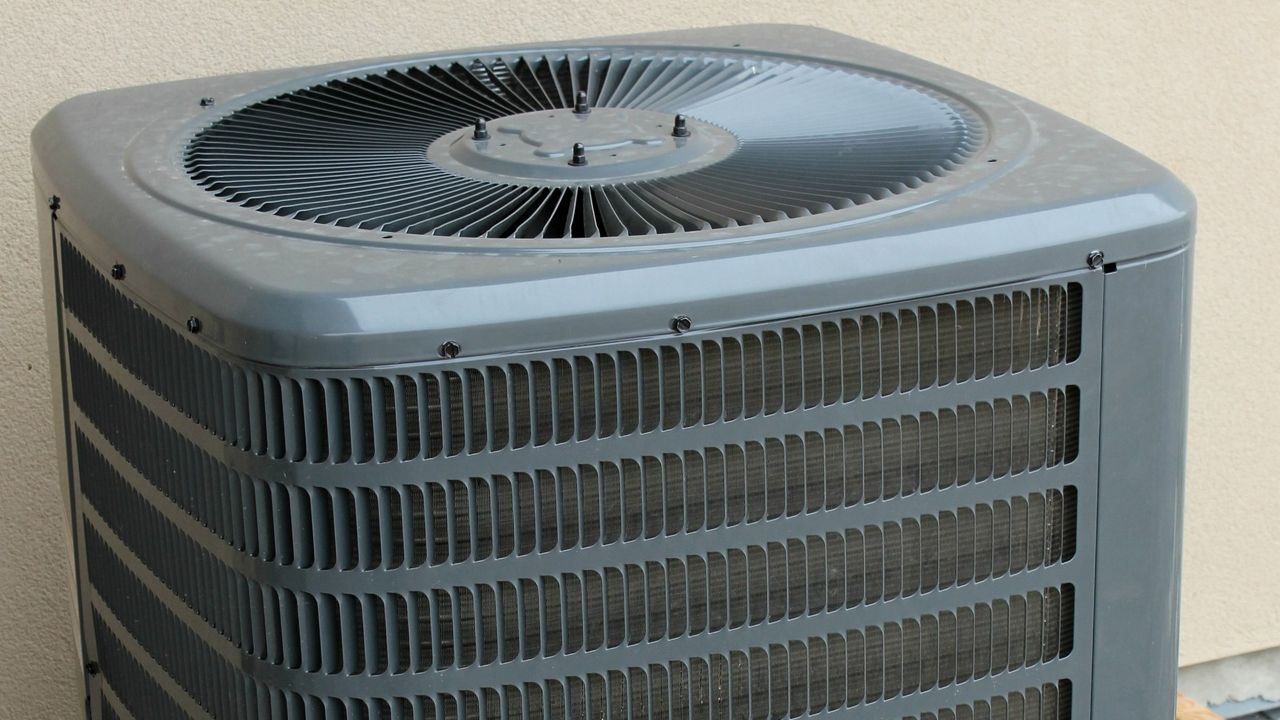As a meteorologist, you cover a few, very memorable weather events during your career. In my three decades of covering the weather in North Carolina, two really standout: the March 1993 blizzard and the April 16, 2011 tornado outbreak.
The interesting fact about the 2011 outbreak, were my thoughts leading into it. "Is it really going to be that bad?" I was thinking that as I drove to the TV Station (then News 14 Carolina) late that Saturday morning. Just after I got to the Weather Center, I realized how bad it was going to be. The Storm Prediction Center had placed central and eastern North Carolina in a "high risk" for severe storms. The only other time we had seen that risk level was the day of the March 28, 1984 Carolina's tornado outbreak.
A little after noon, the first tornado warning was issued and then was quickly canceled. A few minutes later, during our 12:21 p.m. weathercast, the second warning was issued. At that point, we stayed live until 9:32 on Saturday evening. Nine hours and 11 minutes of non-stop weather coverage.
One of four significant tornadoes that developed that day, began in Moore County just before 3 p.m. The track of that storm took it across Lee County (you might remember the Lowe's Home Improvement store that was destroyed by this tornado in Sanford), into Chatham and then Wake County. The tornado even passed a few miles from the TV station. Newsroom employees moved to safe areas in our building as the storm passed and I remember two things vividly about that moment.
First, me saying on-air, that "I would go under the weather desk if necessary but we would stay on the air with updates."
Second, my 1999 Chevy Blazer was parked just outside the Weather Center window (I could see it from where I was sitting) and I remember thinking as I was giving updates as the tornado passed; "It would be really interesting if my Blazer got thrown through the window while we were on-air." Lucky for me, it didn't.
After dealing with one major tornado, I was ready to hand over coverage to another meteorologist, Joshua McKinney, when I noticed the next significant tornado's track. This storm had formed in Hoke County and had been cutting through Cumberland County, as the first tornado moved through Raleigh. The track of the second big tornado was taking it toward my hometown of Dunn.
Just as I was about to hand the microphone to Joshua, I realized no one in the Weather Center knew that part of Harnett County like I did. So I stayed on the air. Basically talking until my voice was about to give out. After more than four hours of on-air coverage, I handed over the on-air duties to Joshua and he carried us until we ended severe weather coverage at 9:32 p.m., with me backing him up from behind the scenes.
When it was all over, we could take our attention from covering weather to seeing the damage left in its wake. It was impactful; 30 tornadoes confirmed, over $300 million in damage, over 300 injured and 24 fatalities.
As a meteorologist, the first thing you think of is, "Could we have done a better job warning the public? Could we have saved more lives?" Difficult questions to ask.
What I took away from the April 2011 tornado outbreak was this: One, always be weather prepared. Be ready for the worst and you'll be ready for whatever might head your way. Second, learn from an event like this and be ready to use what you've learned if that need ever arises again.
Odds are, I'll never have to cover a tornado outbreak like this again in North Carolina. For our state, they occur roughly every 20 to 25 years.
Here's hoping it's a lot longer than that.





)


